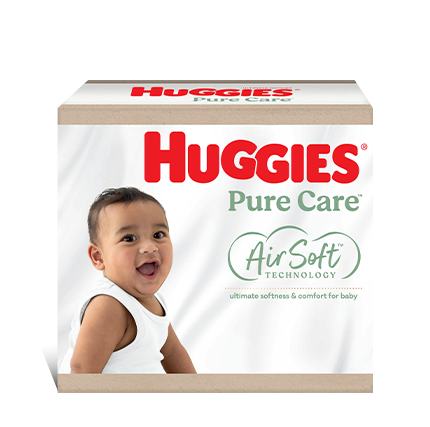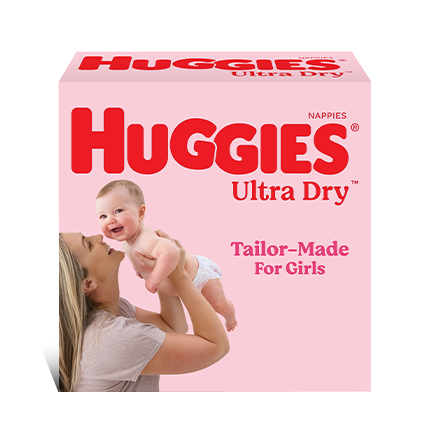If you have ever wondered why there is little talk about just how our children are fairing nutritional, it’s because sadly in Australia we don’t do a great deal of national nutrition surveying. Up until very recently most of the statistics on what children ate came from the 1995 National Nutrition Survey, yep that long ago. At last we have something more recent to refer to, the Childhood Nutrition and Physical Activity Survey (CNPAS, 2007), also referred to as ‘Kids Eat Kids Play’, it has now given us a bit of a snapshot of trends in the way our children are faring nutritionally.
Now with all this said, it’s important to remember that these numbers are often crunched down to averages. Children like adults fit along a continuum of eating patterns, we aren’t all right in the middle, and there are many factors that affect what we eat. Information from surveys can also be fraught with error as they rely on self-reports from parents and children. So when you read the following, remember it is just a quick look at one point in time, at a select group of children three years ago.
Growth patterns in children
Where a baby is largely consuming energy/food to grow, a child is also eating to cover the cost of movement and maintaining a larger body mass.
Some of the growth and developmental characteristics in early childhood include:
- An increase in muscle mass.
- A drop in body fat, though girls tend to hold more body fat than boys.
- Between 2-3 years of age the spread of body fluid between various compartments is similar to an adult.
- A slowing of the phenomenal growth rate associated with infancy, but a bigger growth in stature.
- Almost complete growth of the brain (75 per cent) by 2 years.
- Thirst reflex becomes fully established between 2 and 3 years of age.
- Ability to self-regulate energy is less effective now and parental guidance is required.
- Increased suspicion of food and consequently fussiness.
So while toddlers and preschoolers may not be growing as much as they did, they are busy people and still need nutritious food to cover both growth and also, now, activity. The next biggest growth phase is in early adolescence.
Recommended intakes: things have changed
Just a little nutrition information before we embark into the land of eating. Most of us are familiar in some way with the term RDI, but there are a few things you should know about intakes.
Firstly, when we refer to the RDI (recommended dietary intake) of a nutrient, this is based on the amount of a nutrient to meet nearly all of a person’s needs, within a given population. Many of these were updated recently, for example there is now no difference in the calcium RDI for women, pregnant or not.
However, also updated was the way we categorise dietary intake recommendations; now there is more than just an RDI for nutrients. You may have seen a few more acronyms about – EAR and AI – neither of them are to do with body parts. The EAR (estimated average requirement) is the level of a nutrient required to meet the needs of 50 per cent of a population, it is also the basis for setting an RDI. The AI (adequate intake) is used where we are not able to gain an RDI or EAR because there is not enough conclusive evidence, for example nutrient needs for babies are based on breast milk rather than research, and so are expressed as AIs; we simply don’t have enough data to say more. One last point, you may see UL – this is the upper limit of a nutrient and has obvious relevance in relation to nutrients such as sodium, which does not have an RDI or EAR.
So now you have the background, see what you think of the data so far. Keep in mind any collection of data will have problems, but still you can see general trends.
Small changes make a big difference
12% of energy comes from confectionary and non-alcoholic beverages (7%). It is estimated just a 10% drop in energy intake could significantly make a difference to obesity rates in children.
How are they faring?
- Calcium intake in little ones is fine, though not in older children
- Here’s no surprise vegies are well below par
- Kid’s aren’t eating enough cereals and whole grains
- Fibre seems to be on the mark
Well there is of course good and bad news. I am sure you are expecting that, especially if you have a fussy eater. In the ideal world our children would eat as we want them to, it would be soooo much easier if they did. But, this just isn’t always the case. If your child is falling below the ideal servings for vegies, just know that you aren’t alone and as long as you are offering predominantly healthy food then you are doing the right thing. “You can lead a horse to water?”.
Still the news isn’t all bad and at the end of the day you have to look at each individual child.
Energy in the balance
Interestingly CNPAS has shown that about 6 per cent of energy in our children’s diets comes from non-alcoholic beverages (this excludes water and milk). We are seeing a rise in the amount of sweet drinks such as cordials and fruit juices, and sometimes fatty drinks, such as flavoured milk. Research suggests that obese preschoolers consume twice as much energy from non-core drinks as non-obese children.
The whole issue of ‘over-nutrition’ suggests that just reducing energy intake by a small percentage (similar to the amount consumed in non-core beverages), can significantly impact positively on health outcomes in the long term. Do you see a trend? Yes, think hard about the cordial and juice in the fridge.
Weighty issues
Unlikely this will be news to you, given the media attention on our growing waistlines, and for good reason. Figures show around 20-25 per cent of Australian children are either overweight or obese, and the 9-16 year age group appears to be most at risk. The most common consequences of obesity in childhood (and adolescence) are poor body image and self-esteem. The health impacts of childhood obesity include high blood pressure and blood cholesterol, raised blood sugar levels, Type II diabetes, joint problems, sleep apnoea, asthma, and fatty liver.
Food groups (ticks and crosses):
On the whole, our children are doing well with food groups such as meat/fish/poultry and dairy, but let’s take a look at some of the other food groups. You may not be surprised at which ones children aren’t doing so great on, but just how troublesome the figures are might be more eyebrow raising.
- Fibre Good news, it seems the intake of fibre has increased over the years.
- Vegetables If you include potato, only 22 per cent of 4-8 year olds meet the recommended servings (this falls to 3 per cent if you take potato out).
- Fruit Fruit intake drops with age to just 1 per cent of 14-16 year old boys and girls consuming the recommended serves per day (excluding fruit juice).
- Cereal Very few children reach the required servings of cereals (3-4/d). In fact only 20 per cent of 4-8 year olds are meeting this.
Nutrient ups and downs
Fat
- Total fat intake is just slightly above the recommended level.
- But, it is our old foe, saturated fat, that is above recommended levels by about 4 per cent.
Calcium
- 2-4 year olds are, by and large, meeting their RDI.
- However, some boys and girls 4-8 are not, and across the board girls appear to be most at risk of not getting enough calcium. Sixty-five per cent of boys and only 45 per cent of girls met the EAR for calcium. This drops to 50 per cent and a scary 11 per cent for ages 12-13 years. This may in part be to age-related perceptions of dairy products. It’s good to note that we reach our peak bone density upon puberty, so getting enough calcium is essential in childhood – it is what sets you up with the stores for the rest of your life.
Iron
- Almost 100 per cent of 2-8 year olds are reaching their EAR for iron, though some 11 per cent of girls aged 14-16 may not be getting enough iron. Adolescent girls who have begun menses need a greatly increased amount of iron (from about 8 mg/d up to 15 and then 18 mg/d in the child-bearing age bands).
Sodium
- If you look at the data, what it looks like as if all our children are meeting the adequate intake of sodium, but, it is highly likely that in fact our children are consuming more sodium than is required. Let’s look at it another way. The dietary guidelines recommend that we all choose foods low in salt. If this were the marker we were comparing the results against, it is likely that the figures would be very different, and in fact few children are consuming diets low in salt.
Water
- For our 2-4 year olds, non-core drinks such as fruit juice, cordials and sports drinks represented 25 per cent of total energy from drinks.
- Interestingly, obese preschoolers are more likely to have a far greater energy intake from such drinks. I am sure you will see more on this in the media in the coming months. Twelve per cent of energy comes from confectionary and non-alcoholic beverages (7 per cent). To frame the impact of this, it is estimated just a 10 per cent drop in energy intake could make a significant difference to obesity rates in children.
What does this mean?
Don’t feel bad if your child simply refuses to eat fruit, or vegies or meat, because trust me you are not alone! You can lead a horse to water? Certainly as parents we don’t need to feel any more guilt over our parenting style, but yes, we may need to tidy up the edges a little.
Simply, we need to keep the home for healthy stuff and leave all the lollies, juices, cakes and pies for those ‘special’ occasions? parties. Until your child hits their teen years you still have reasonable control over what they eat, particularly in the home. If you have let things slip, like we all do at some time or another, and are reflecting on the state of your cupboards, newly filled with chips and biscuits or the freezer with ice-cream, then slowly cut back. Leave fruit and healthy options in easy-to-access places and encourage children to snack on fruit, healthy crackers, yoghurt and so on.
If you do nothing else except limit sweetened beverages, products with added sugar and takeaways then you will make a huge difference. Keep in mind that just a 10 per cent drop in energy from junk can make a significant difference to body composition and health.
Stick with a good old-fashioned diet, limit the smartly packaged, sleekly designed, nutrient-devoid products and go with the food you can put your hand on and eat.
This information has been provided by Leanne Cooper from Sneakys baby and child nutrition. Leanne is a qualified nutritionist and mother of two very active boys.
Last Published* May, 2024
*Please note that the published date may not be the same as the date that the content was created and that information above may have changed since.





















